|
“Show me your garden and I shall tell you what you are” - Alfred Austin Our gardens are a reflection of who we are. They give us pleasure, can be a form of therapy, and allow for self-expression. In a garden we are free to try new things, fail, learn, and try again. It’s a living classroom where the learning never ends. So what if this year, we garden with more heart, thought, and intention? This is what I mean: When selecting plants to add to a space, let’s really get to know the plant. What does the plant offer beyond it’s lovely flower? Does it have interesting foliage or attractive seedhead? What type of conditions will make it thrive? What kind of neighbors will it get along with? Which pollinators will it attract during the growing season? Will some insects benefit from it standing over winter? When we ask these kinds of questions and do some research, we make better choices and everyone benefits, especially the plants and the pollinators. As I have matured as a gardener and a designer, I consider foliage to be just as important as flowers. This is a must especially with perennials and woody plants whose bloom time is brief. With a nod to February as American Heart Month, here are three plants with heart-shaped leaves and the pollinators that love them:
I hope you’ll give more thought to your plant choices this year. Don’t be wooed only by the blossoms - learn all you can about the plant’s needs and what it offers before adding it to your garden. Then continue to observe, learn, and make adjustments. And remember to find joy in the process.
0 Comments
"There are far, far better things ahead than any we leave behind." - C.S. Lewis
This morning, as we awaited the first measurable snowfall of the season to begin, I found myself in the garden with shovel in hand. I don't believe I've ever planted this late in the season - or this early - depending on your perspective. What makes it even more profound is today is the first of January - the beginning of a new year. Shovel pierces through white slushy crust into soft earth - a January rarity here in Wisconsin. Daffodils, Camassia, Leucojum, and Crocus - about 150 bulbs in all - find their winter home deep in the brown soil. And now they wait, resting patiently through a few frozen months until the spring thaw. The flower show may not be plentiful this first spring, but next year it will be beautiful. I can't think of a better way to begin a new year. Planting something that I can watch sprout, grow, and blossom, well, it's like planting hope. I had the same thought as I browsed the seed catalog this afternoon. Dreaming of a new growing season is exciting and much needed encouragement to get through snowy days that lie ahead. This is where it begins - in this month of beginnings - the unearthing and the planting of dreams. Discovering what our heart desires takes some quiet time, to be still, and listen to what's tugging. Have you felt a tug? Have you thought about what you might plant in your life as we stand in the doorway of a new beginning? Is there something you've been putting on hold because the time just didn't seem right? Before planting, it's good to clarify the what and why by first unearthing. Here are a few unearthing questions to consider: What are you passionate about? What do you want to spend more time doing? What do you want to let go of? What is something you've always wanted to try? What can you say no to, so you can say yes to this? Spending time unearthing your dreams - big or small, is the first step towards making them become a reality. You need to know what you want before you can go get it. Don't rush this process. It takes time - unhurried time - to listen to your heart. Once you've discovered and named what you want, it's time to plant the seed and watch it grow. One of my favorite things to do at the beginning of a new year is to do some annual planning and goal setting - both personal and professional goals. I know this isn't for every one, but I encourage you to consider practical ways to making your dream become a reality. Think of it as stepping stones: what is the first thing you need to do? what's the next step after that, and the one after that? This is really what setting goals is like - looking at where you want to go, then breaking it down into steps of how to get there. If you are having a hard time relating to this idea of unearthing and planting dreams, then think of it a different way: what's one small thing you'd like to do differently this year? Maybe it's . . . . . . be more hydrated, so drink a glass of water before every meal; . . . be more active, so take a walk every day; . . . reconnect with a loved one, so make the time to write and send that note; . . . seek beauty, so make a bouquet every week from whatever is growing in the yard no matter the time of year; . . . practice random acts of kindness OK, I admit this is my list! Though they seem small, it's the small changes and improvements that we make to our lives every day, that stick and have the biggest impact. My new year wish for you is that you'll spend some time unearthing and planting. When we do, we grow and that's the best thing we can do for ourselves and for those around us. Have a blessed new year! A Winter’s View “A short story is what you see when you look out a window.” - Mavis Gallant January rings in the year with a shiver and crisp blanket of white on what can be the loveliest of winterscapes. I personally prefer to admire these scenic vistas from a cozy spot on the couch wrapped up in a warm blanket with the fire going or candle burning. The large picture window in the living room holds my gaze as the snow-clad landscape takes center stage. In landscape design we strive to frame a view, and in essence, this is what a window does. The window becomes the picture, framing winterlands that are the stage backdrops for scurrying rabbits, flitting birds, browsing deer, and other wildlife brave enough to venture out. Trees, woody shrubs, and evergreens set the stage with their strong lines of architectural structure. Perennials play a role in the story if left standing over winter, attracting finches and other birds. They also capture bits of snow which can be enchanting in a way. I always leave Echinacea and Stonecrop Sedum standing for these reasons. We are learning more and more about how pollinators depend on the stems of ‘dead’ perennials like Spotted Joe Pye Weed (Eupatorium maculatum) and the perennial Hibiscus (Hibiscus moscheutos), so this is another reason to leave them alone and not cut back. Birds are the main characters in the winter stories providing hours of entertainment. They gather at the feeders as means of survival, yet unbeknownst to them, they fascinate us - young and old alike. It’s like living television or a front row seat at the theater with a new play every day.
Here are a few ways to enhance the story you see out of your window:
January can seem to be the longest, slowest month, but enjoy the beauty it offers, especially the view out your window. What story do you see? |
AuthorHi, I'm Tracy - horticulturist, beauty-seeker, Word-lover, and blessed to be the owner of Bella Botanica. I also love to write about plants, gardening, and about my faith journey. Thanks for reading! Archives
March 2024
Categories
All
|
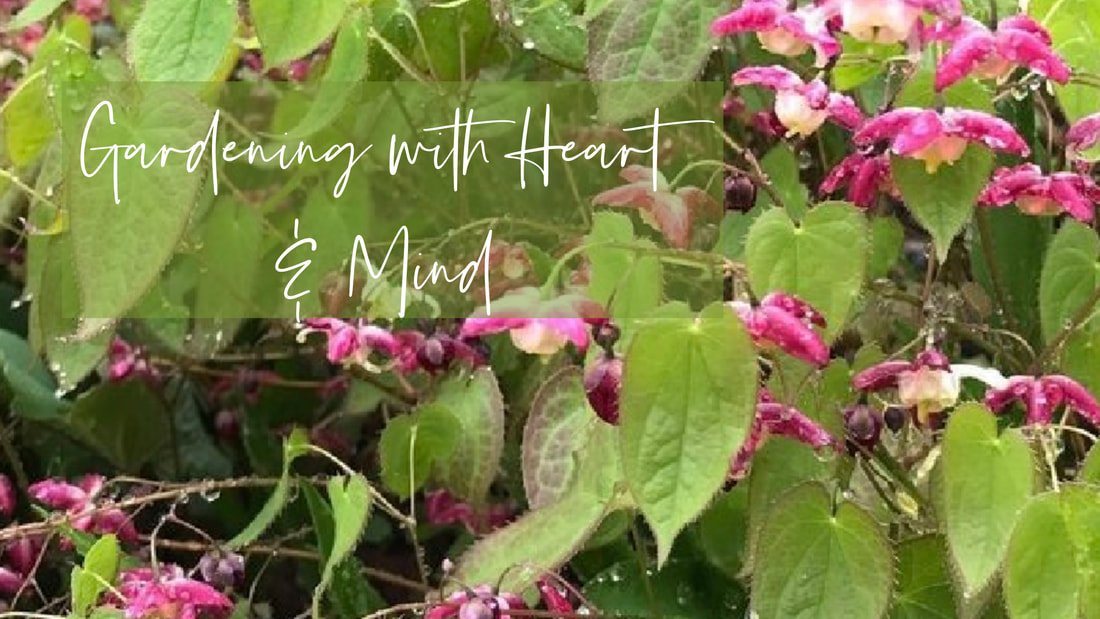
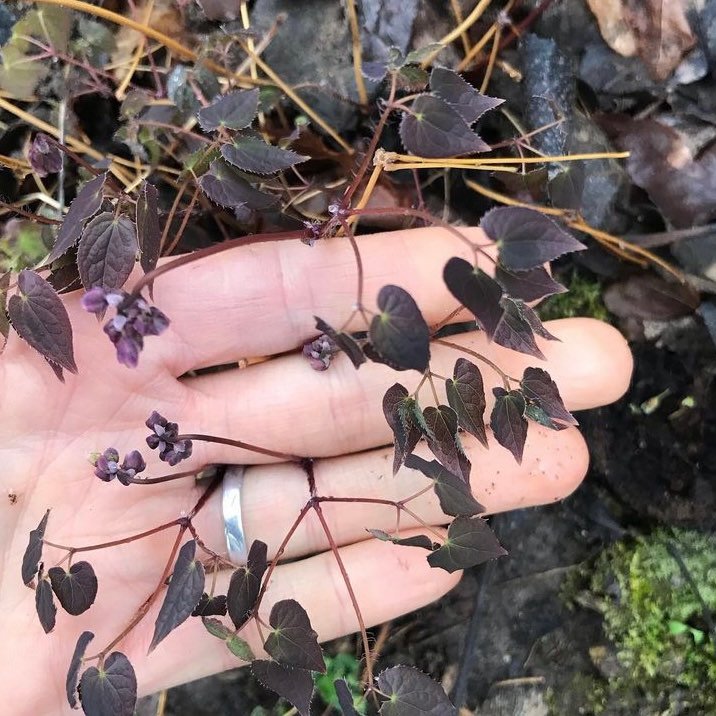
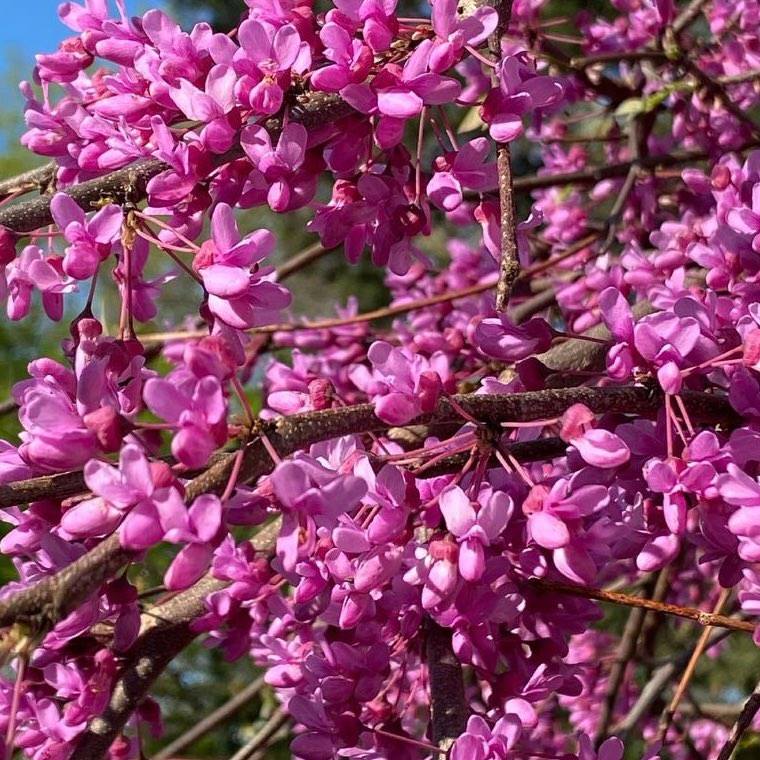
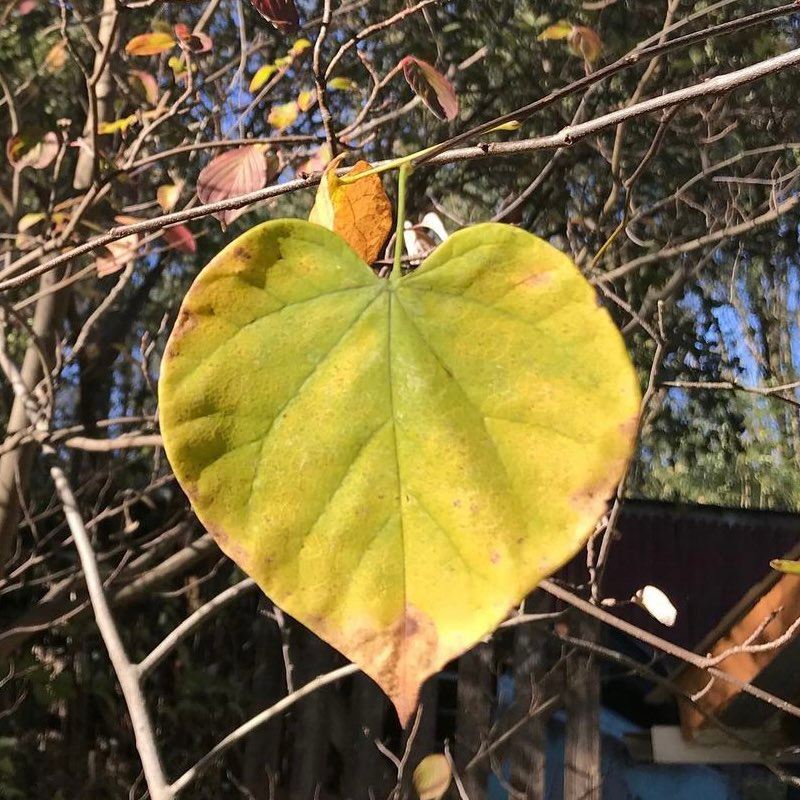
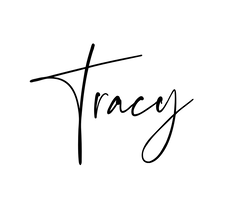
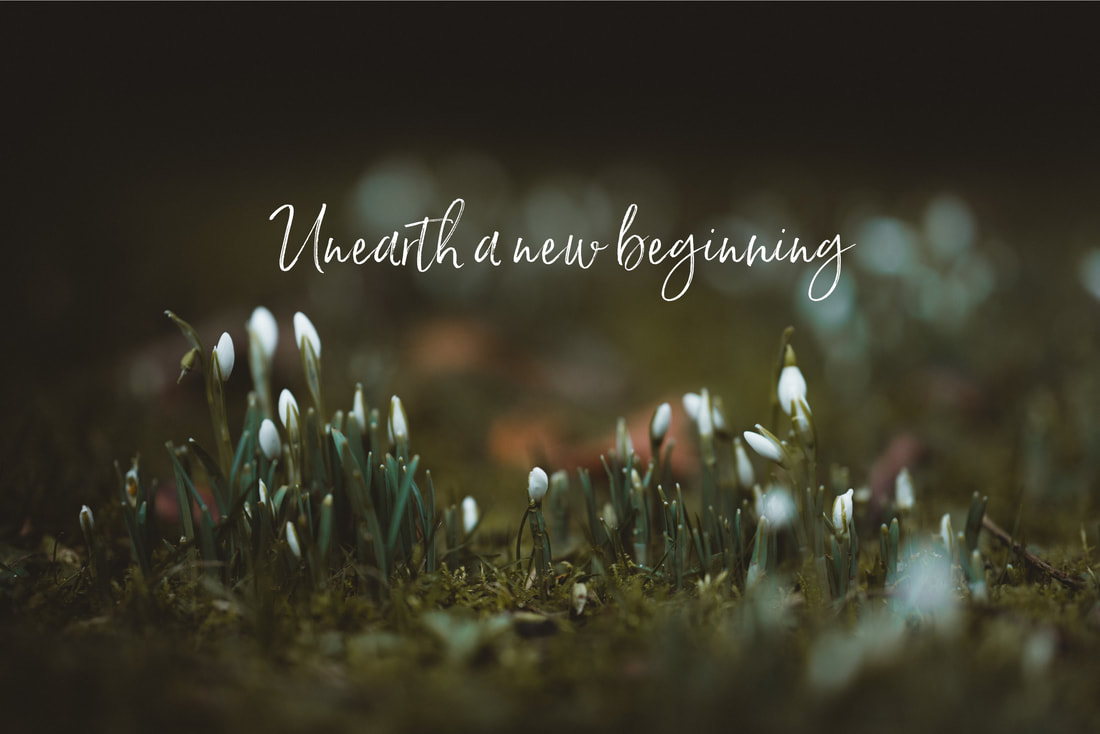

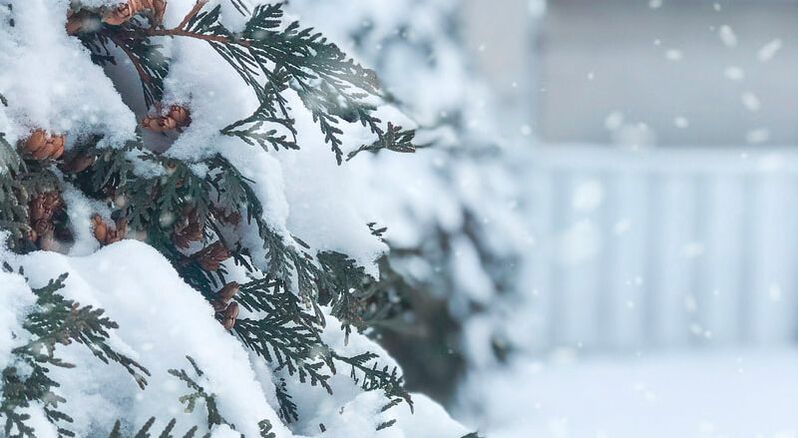
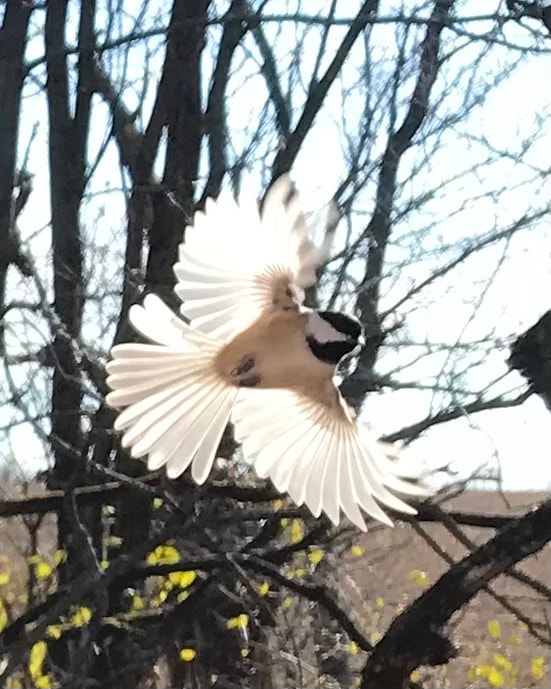
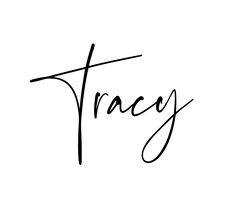
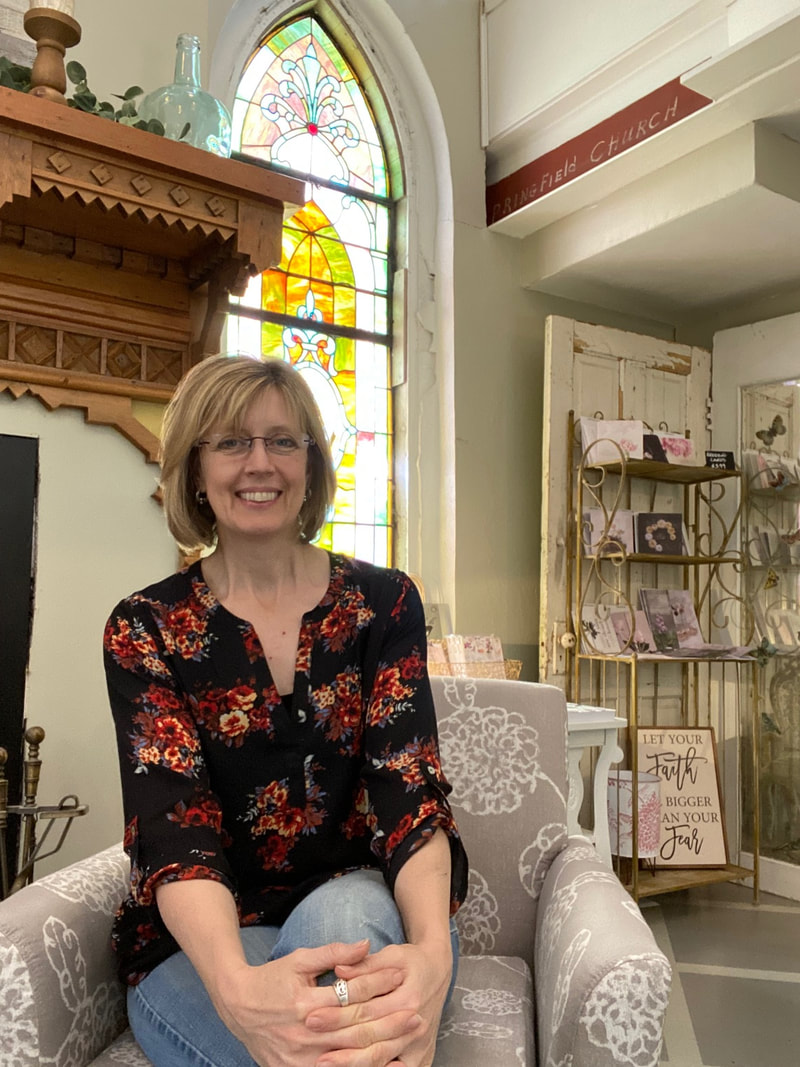
 RSS Feed
RSS Feed